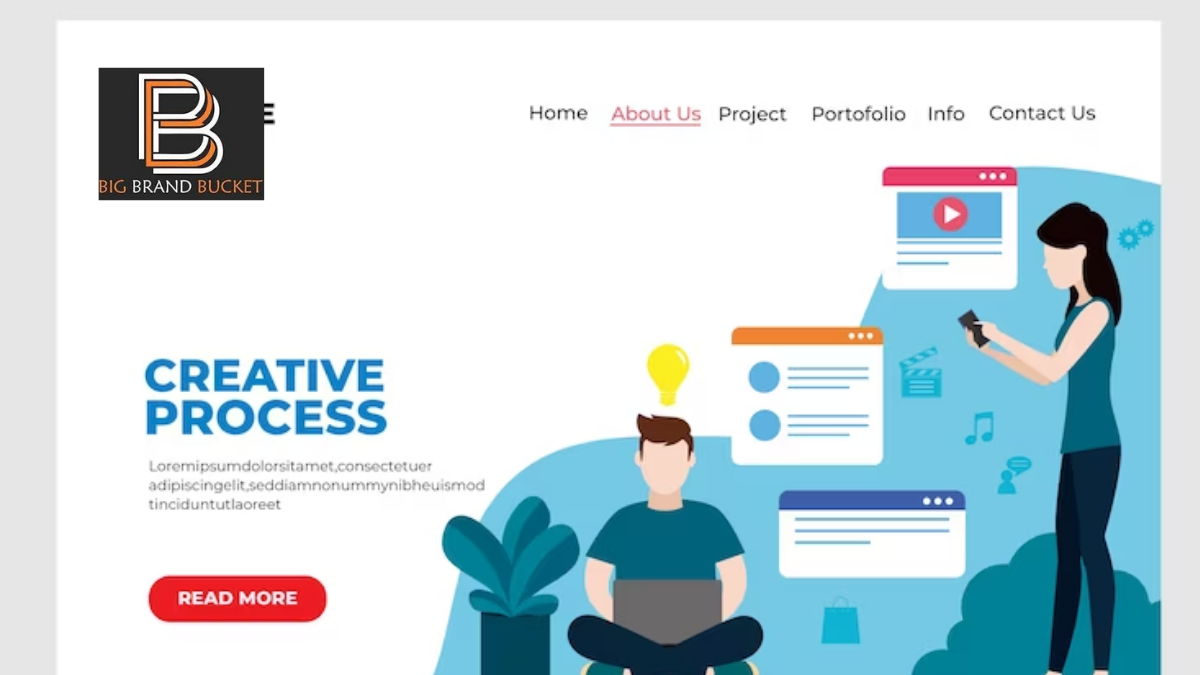In the fast-paced and constantly evolving landscape of software development, traditional testing methodologies often struggle to keep up with the dynamic nature of modern applications. Exploratory Testing has emerged as a dynamic and adaptive approach to software quality assurance, offering a fresh perspective that complements traditional testing methods. Unlike scripted testing, Exploratory Testing encourages testers to rely on their intuition, creativity, and domain knowledge to uncover potential defects and assess the overall quality of an application. This approach thrives on flexibility and adaptability, allowing testers to explore the application’s functionality, usability, and performance organically and iteratively. In this comprehensive exploration, we delve into the principles, benefits, and challenges of Exploratory Testing, shedding light on its indispensable role in ensuring the delivery of robust and high-quality software. So, let us embark on this enlightening journey to understand the essence of Exploratory Testing as a dynamic approach to Software Quality Assurance.
Exploratory Testing is a dynamic and creative approach to software testing that relies on testers’ intuition, experience, and domain knowledge to uncover defects and assess the overall quality of an application. Unlike scripted testing, it does not follow predetermined test cases; instead, it involves actively exploring the application while testing it.
Steps to Effectively use Exploratory Testing
Here are some steps to effectively conduct Exploratory Testing:
- Understand the Application: Start by gaining a thorough understanding of the application, its purpose, functionalities, and user expectations. This knowledge will help guide your exploration and focus on critical areas.
- Set Clear Objectives: Define specific objectives and areas to explore during the testing session. These objectives can be based on user stories, business requirements, potential risks, or past issues. Sanity testing vs smoke testing is quite important from an interview point of view.
- Prepare Test Environment: Set up a test environment that closely resembles the production environment to ensure accurate testing results. Ensure that all necessary test data is available.
- Explore Freely: Begin exploring the application without following predefined test cases. Use your creativity and intuition to identify potential scenarios and interactions that users might encounter.
- Take Notes: Document your test activities, observations, and any defects you find. Detailed notes will help you remember the steps taken and reproduce issues later.
- Adapt and Refine: Continuously adapt your testing approach based on the discoveries made during the exploration. Prioritize areas that show potential risks or defects.
- Use Heuristics: Apply heuristics and models to guide your testing. Common heuristics include equivalence partitioning, boundary value analysis, and error guessing.
- Pair Testing: Collaborate with other testers, developers, or stakeholders during the testing session. Pair testing can bring different perspectives and insights into the process.
- Timebox Sessions: Set a specific time limit for each exploratory testing session. Timeboxing encourages focused and efficient exploration.
- Regression Testing: While exploring, be aware of regressions – unintended side effects that may occur due to changes in the application.
- Bug Advocacy: If you find critical defects, advocate for their prompt resolution, and communicate their impact clearly to relevant stakeholders.
- Review Findings: At the end of the session, review your findings, prioritize defects, and report them to the development team with clear and concise descriptions.
- Continuous Learning: Use insights gained from Exploratory Testing to improve your testing skills and refine your approach in subsequent sessions.
Remember, Exploratory Testing is not a replacement for scripted testing but rather a complementary approach that helps uncover unexpected issues and enhances the overall test coverage. It requires skilled testers who possess a deep understanding of the application and the ability to think critically and creatively during the testing process. By embracing this dynamic approach, testing teams can deliver high-quality software that meets the evolving needs of users and stakeholders. Sanity testing vs smoke testing is quite important from an interview point of view.
Advantages of Exploratory Testing
Exploratory Testing offers numerous benefits that complement traditional scripted testing methodologies and play a crucial role in ensuring the overall quality of software. Some of the major benefits of Exploratory Testing include:
- Dynamic and Adaptable Testing: Exploratory Testing allows testers to be flexible and adapt their approach based on real-time observations and feedback during testing. This dynamic nature enables testers to respond effectively to changing requirements and emerging issues.
- Uncover Unexpected Defects: Unlike scripted testing, which follows predefined scenarios, Exploratory Testing encourages testers to actively explore the application. Testers can uncover unexpected defects and edge cases that might be missed by scripted tests.
- Maximize Test Coverage: Exploratory Testing complements scripted testing by covering scenarios and interactions that are not explicitly documented in test cases. It helps maximize test coverage and provides a broader perspective on the application’s quality.
In conclusion, Exploratory Testing stands as a dynamic and indispensable approach to Software Quality Assurance, offering a fresh perspective that complements traditional testing methodologies. By embracing intuition, creativity, and adaptability, this approach empowers testers to delve deep into the application, uncovering defects and gaining valuable insights into its usability, functionality, and performance. As applications become increasingly complex and agile development practices gain momentum, Exploratory Testing serves as a powerful tool to keep pace with the ever-changing software landscape.
The benefits of Exploratory Testing lie in its ability to adapt to dynamic requirements, identify hidden defects, and deliver actionable feedback rapidly. It fosters a collaborative and explorative mindset among testers, promoting a deeper understanding of the application and enhancing communication within development teams. However, it also poses challenges, requiring skilled testers who possess a blend of technical knowledge, domain expertise, and analytical acumen.
When employed in conjunction with scripted testing and other quality assurance practices, Exploratory Testing becomes a formidable ally in delivering high-quality software that meets the evolving needs of users and stakeholders. By embracing this dynamic approach, organizations can elevate the quality of their software products, improve customer satisfaction, and gain a competitive edge in an increasingly competitive market.
In the ever-changing world of software development, Exploratory Testing remains an essential pillar of assurance, championing adaptability, creativity, and efficiency in the pursuit of excellence. Its dynamic nature aligns with the continuous improvement ethos of modern development methodologies, making it a vital element in the pursuit of software perfection. As technology advances and user expectations evolve, the value of Exploratory Testing in Software Quality Assurance is poised to grow, empowering organizations to deliver resilient, user-centric, and high-performance software solutions.







